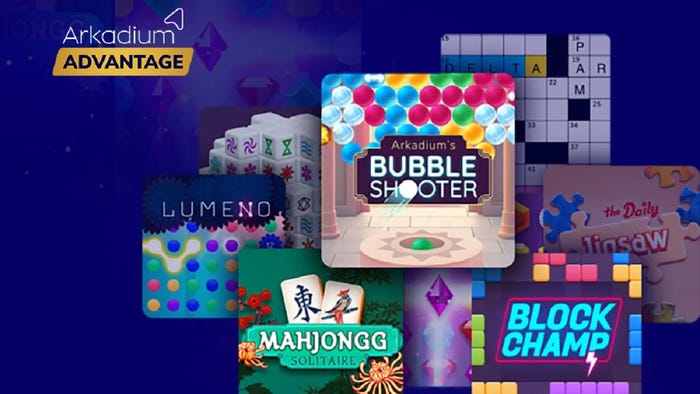In a GDC Europe talk, NCSoft's Yongchan Jee intriguingly discussed the creation of Aion, the upcoming subscription MMO from the City Of Heroes and Lineage publisher, explaining the design elements that have made it a Korean hit.

In a GDC Europe talk, NCSoft's Yongchan Jee intriguingly discussed the creation of Aion, the upcoming subscription MMO from the City Of Heroes and Lineage publisher, explaining the design elements that have made it a Korean hit. The PC online title, which has been a notable success in the Korean market and is launching in the West in late September, is the first major in-house developed release for Seoul-headquartered MMO creator since Lineage 2. Lead designer Jee explained that there was no major MMO success in South Korea after Lineage 2 and World Of Warcraft, and the larger 'AAA' subscription MMO market was in the process of stagnating in the country. The success of more 'casual'-style online games meant that microtransactions were getting more and more popular. There were major issues in the game's development too. Aion's production was reset in 2006 after unspecified design/technical difficulties, and it "mostly started from ground zero". Therefore, "the morale of the developers became extremely low", according to Jee, and at that point had to be completed swiftly. Jee also revealed that the number of experienced developers on the team was quite small, so the game design challenges "became a lot more difficult still." So the team decided to focus on quality over quantity in the game features. The game design was heavily influenced by the wish to include community-friendly features in it, and both satisfy the high-end PvP (player vs. player) gamers and the larger bulk of PvE (player vs. environment) gamers. Thus, the 'faction warfare' game angle was created, trying to cater both to the PvP users (who are happy to battle each other, and don't need much extra content as a result, but are much smaller in number) and the PvE users (who want diverse environments to explore and conquer -- lots of content, but a much larger market.) Heavy character customization was also a key point, and pulchritude was an important point of contention. The Korean market is keen to play characters that are 'beautiful', by their definition, so Aion characters have been designed to be significantly more pretty than some conventional fantasy characters. Interestingly, in the Q&A, when Jee was asked by Gamasutra whether some World Of Warcraft characters could be considered 'ugly' and therefore less enticing to play, he said: "That is why the Korean players were a lot more into the Alliance than the Horde." When the 'better-looking' blood elves were added to the Horde alongside the Burning Crusade expansion, that side's popularity markedly increased in South Korea. As for the world layout for Aion, the team decided to create a zone-based MMO, as opposed to a 'seamless world' that is more trendy in today's MMOs. This was done so that the developers could concentrate the high quality content in specific areas. But nonetheless, the game has persistent world elements, because factional warfare is a big part of the title's charm. The gameplay style was designed to carefully offset high tension and relaxed questing, with an easy-to-play default control, and some optional complex controls. Both solo and party-based quests are included in the game, and the developers "really concentrated on a large amount of quests" for Aion. The team "had significant difficulty with the creation tools" in development, which made it more difficult still to make complex player challenges. But post Korean-launch, many more complex and difficult quests have been added to the title, and these will come across with the Western launch of the game. Jee then recounted that, in South Korea, "there are some users who don't really like quests" in MMOs, since they "think it feels like school homework". So NCSoft divided quests in Aion into a smaller amount of vital ones, and a lot more optional ones. One of the most unique element in Aion is a flight system, which is pretty to look at, but "may be difficult to control" for some gamers. The developers decided to try to limit flight to specific 'stances' during battle, and gliding is in the game for strategic reasons. Gamers have managed to abuse the flight system in Aion for exploits in Korea, but Jee said "we thought there were more positive points" than negative. Overall, the title appears to be one that's much more likely to succeed in the West compared to the Lineage series, thanks to clear influences from both Western and Korean MMOs, and Jee explained in his conclusion that EverQuest was definitely an influence on the game's creation.
About the Author(s)
You May Also Like









